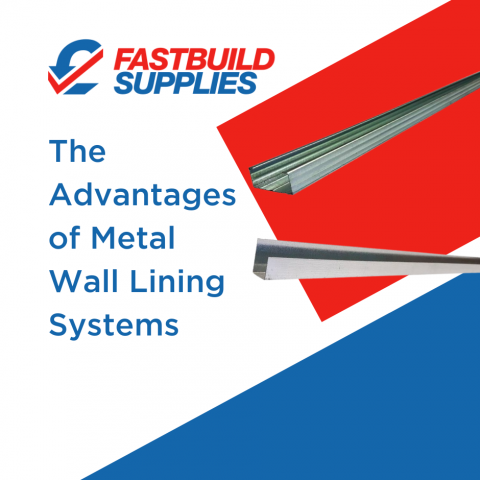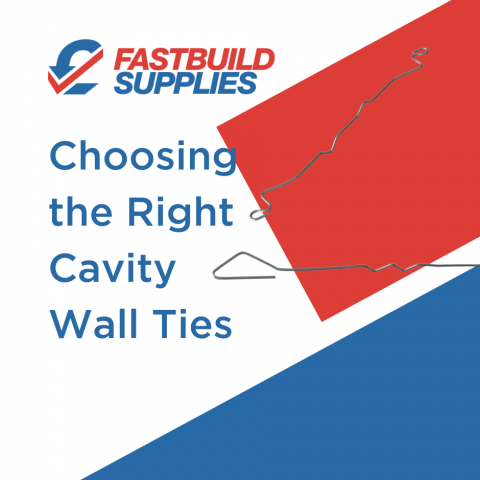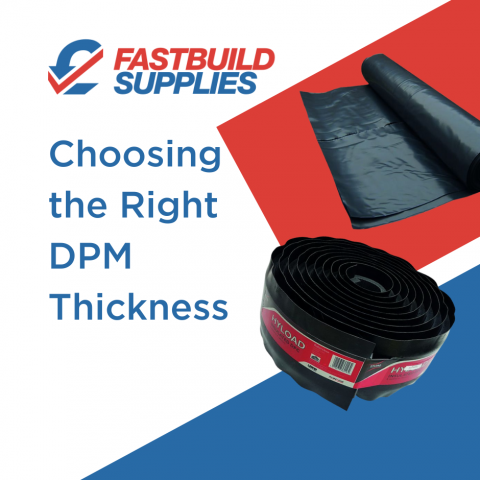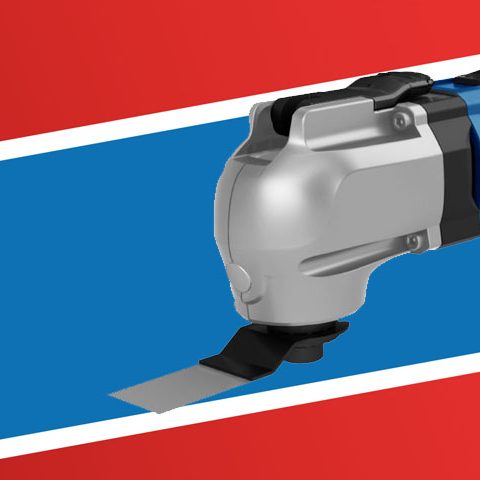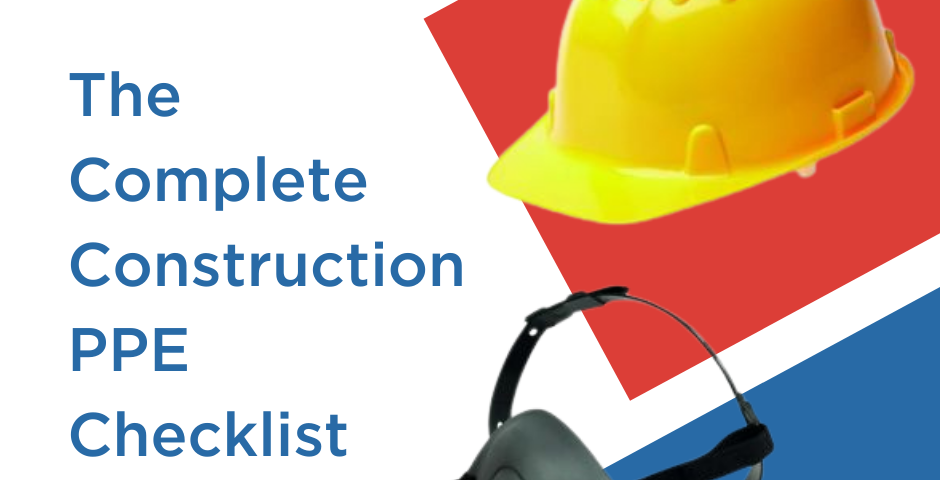
Over the past few years, PPE has become a well-known term, but personal protective equipment doesn’t just refer to face masks and gloves. PPE is the equipment used to protect the user against health or safety risks at work.
So, what role does PPE play when it comes to construction, and how necessary is it? We’ve compiled a checklist of all the essential PPE required for construction.
If you need PPE equipment or are interested in a range of trade-building supplies, check out our store.
What PPE Is Mandatory On A Construction Site?
When on a construction site, there is almost always a risk of injury. Even if everyone on site follows proper safety precautions and all equipment is handled correctly, accidents still happen.
That’s why in the majority of cases, it is a legal requirement for PPE, such as hard hats or high-visibility clothing, to be worn on a construction site regardless of who you are. This includes builders, managers and visitors.
All construction sites need to comply with the Personal Protective Equipment Regulations 1992, which, from 6 April, applies to the provision and wearing of head protection on construction sites following the revocation of the Construction (Head Protection) Regulations 1989.
Construction sites should be organised in a way that minimises any other risks to health or safety. This includes:
- Preventing objects from falling.
- Using scaffolding with toe boards.
- Using brick guards where necessary.
- Ensuring only trained personnel use specialised equipment.
- Any hazardous materials are stored or disposed of safely and correctly.
All health and safety regulations must be followed on-site to avoid health risks and, in some cases, risks to life. Although you cannot stop all injuries and accidents from happening, you can reduce the risk of accidents and injury on construction sites by following a basic set of principles, training and using correct PPE.
The 7 Types of PPE
Not every job on a construction site is going to pose the same risk. That’s why PPE can be grouped into seven basic categories depending on the risks posed by a task.
These categories are as follows:
- Eyes
- Head and Neck
- Ears
- Hands and Arms
- Feet and Legs
- Lungs
- Whole-body (protecting from contamination, ensuring correct clothes are worn etc.)
Construction PPE Checklist
As said above, not all tasks will pose the same risk and, as such, don’t require the same PPE.
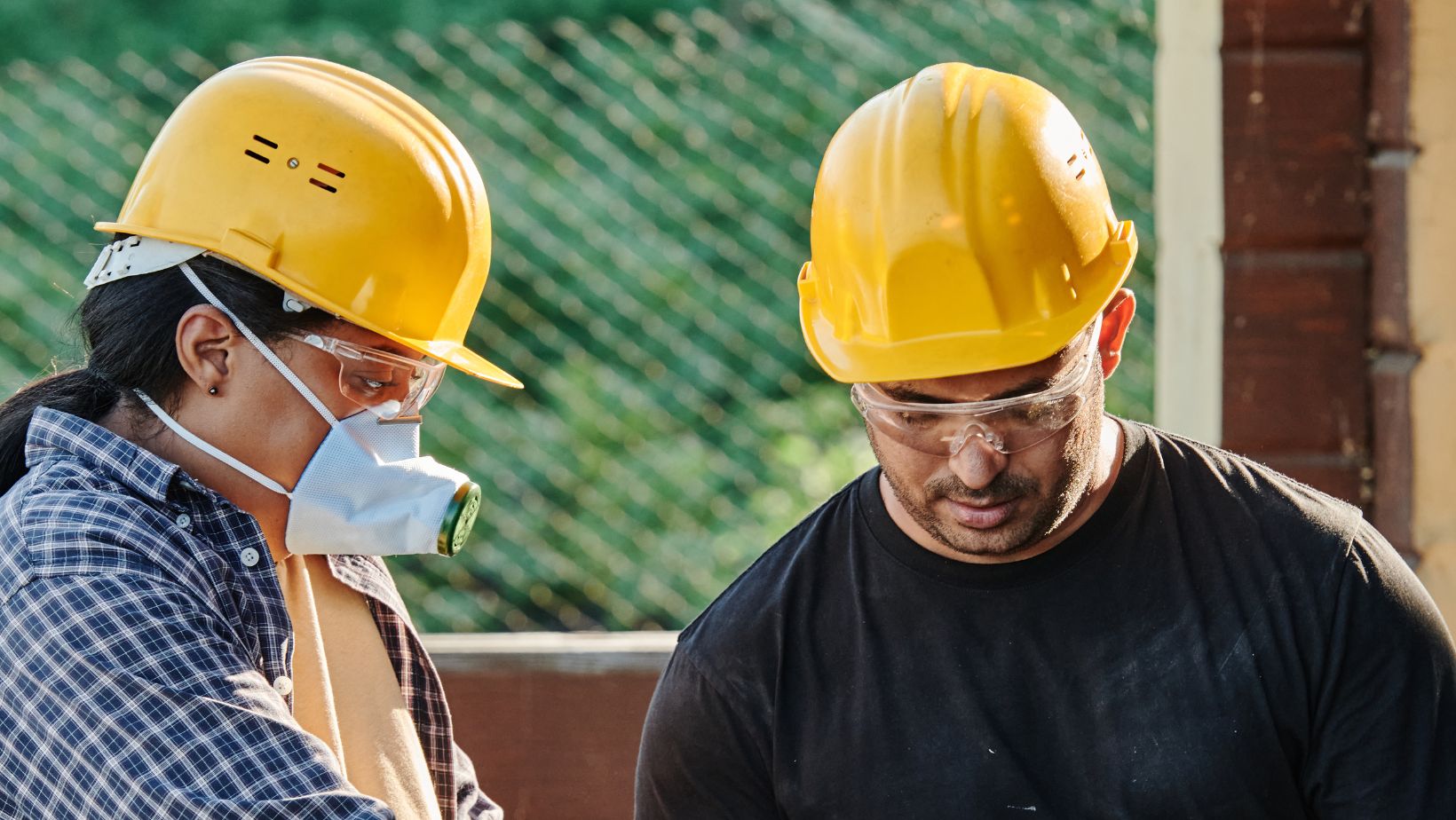
Safety Goggles
Our eyes are vital for us to function in day-to-day life, but they are incredibly vulnerable to various hazards.
On a construction site, safety goggles should be worn to protect the eyes from:
- Projectiles such as chippings, debris, material or objects - this can occur when working with a machine, hand tools, or abrasive materials.
- Dust, gas, vapour or liquid mist - this can occur when using machinery, high-pressure cleaning tools, or using substances under pressure.
When wearing safety goggles, always make sure that they fit your face correctly to protect your eyes fully and are free of scratches or steam that will impair your vision.
Safety Helmets And Hard Hats
Everyone who is on a construction site must be wearing a helmet. Head injuries are the most common on a construction site and can be the most detrimental.
The manager of the site should provide safety helmets to ensure everyone is protected.
Some safety helmets can also be fitted with protective ear or eye gear to ensure safety from other hazards.
Bump Caps
As with safety goggles, head PPE also comes in various forms depending on the level of protection needed. Bump caps are similar to safety helmets in the sense that they protect your head.
However, a bump cap is only sufficient against minor impacts a worker may incur when bumping into a stationary object such as a ceiling. A bump cap will not give you adequate protection against a falling or moving object.
This is why safety helmets are more suitable for all-around protection on a construction site.
Safety Ear Muffs
Earmuffs and other ear PPE is necessary when working with loud noises. The kind of ear PPE you need varies depending on the duration and volume of the noise.
Earmuffs should not block out all sound. The wearer must still be able to hear when someone is trying to communicate or hear other potential hazards, such as vehicles.
The wearer must make sure their ear protection fits appropriately to ensure maximum protection.
Safety Gloves
Safety gloves are necessary PPE to protect the wearer’s hands, wrists and arms. They should be worn to protect from:
- Abrasions.
- Extreme temperatures (hot and cold).
- Cuts and punctures.
- Impact.
- Chemicals or biological agents.
- Electrical shock.
- Prolonged exposure in water.
Gloves come in various forms, such as gloves with cuffs, gauntlets and sleeving. Always make sure you are wearing the correct gloves for your task.
Gloves can sometimes pose their own hazards. These include:
- Getting caught in machinery.
- Sweating can lead to skin problems.
- Loss of grip.
As such, always ensure you’re only wearing gloves when necessary.
Safety Boots
Another essential piece of PPE is safety boots. These boots tend to have a reinforced toe to protect the foot from anything that may be dropped on it. They also tend to have a sole specifically designed to prevent slipping.
Safety boots are necessary for most work on a construction site and should be worn as standard.
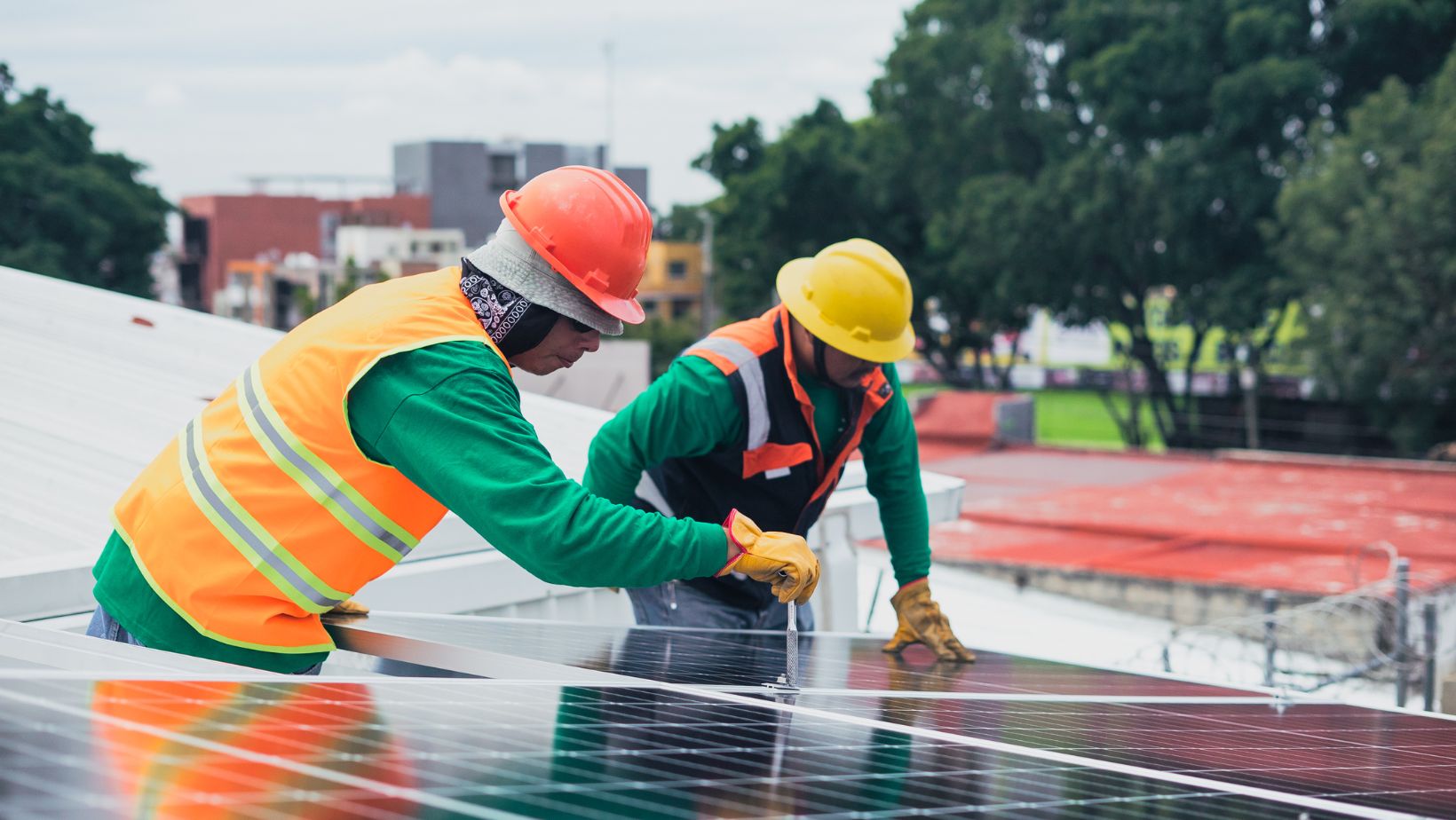
Job-Specific Footwear
There are situations where other construction site footwear may need to be worn instead of safety boots. These different kinds of footwear are usually associated with a particular job.
Always ensure the footwear you’re wearing is suitable for your specific task.
Job-specific footwear includes:
- Chainsaw boots - offer extra protection from flying, and sharp debris that can puncture regular safety boots and from the chain itself.
- Foundry boots - offer extra protection during foundry tasks such as grinding or welding.
- Wellington boots - offer better, or complete, water resistance.
Respirator (Mask)
A respirator or construction mask is used to filter and remove contaminants from workplace air. These come as both powered and non-powered.
- Non-powered respirators rely on the wearer's breathing to draw in the external air.
- Powered respirators use a motor to pass air through the filter and provide clean air for the wearer.
Respirators should be worn in oxygen-deficient atmospheres as well as when exposed to dust, gas or vapours.
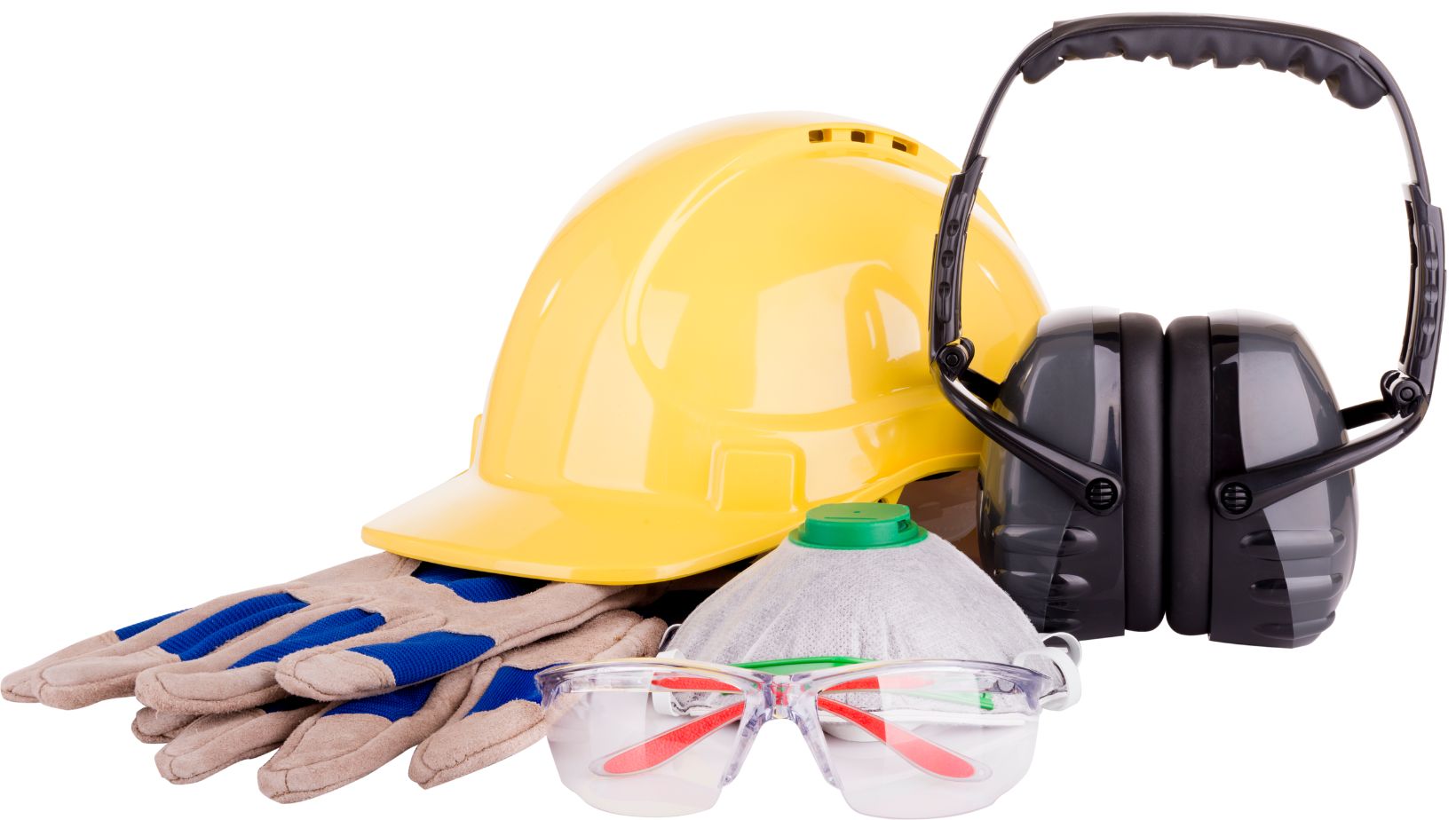
Breathing Apparatus
In exceptional circumstances, you may need to use a breathing apparatus. This PPE is necessary for circumstances where the wearer needs a supply of breathing-quality air from an independent source.
Though it may seem that breathing apparatus and respirators are interchangeable, this is not the case.
If there is a shortage of oxygen or any danger of losing consciousness due to high levels of harmful fumes, only a breathing apparatus should be used.
Overalls
Overalls should be worn in situations where workers need full-body protection. This could be because of working with contaminated dust (such as asbestos) or protection from chemical or metal splashes.
Overalls also offer protection to the wearer's own clothing from oil, dirt and other contaminants.
Different kinds of overalls are suitable for different situations. For example, a chemical suit will protect the wearer from otherwise corrosive chemicals.
Health and safety should always come first when working on any construction site. Before you begin any task, think about what hazards there could be and how they could be prevented. Then look at what PPE you should be using and ensure you’ve got it before you begin working.
We offer a wide range of PPE and various other trade supplies at great prices here at Fastbuild.



